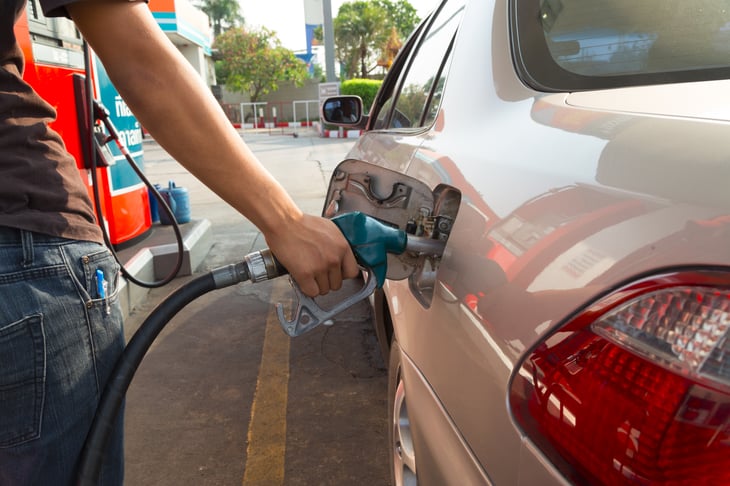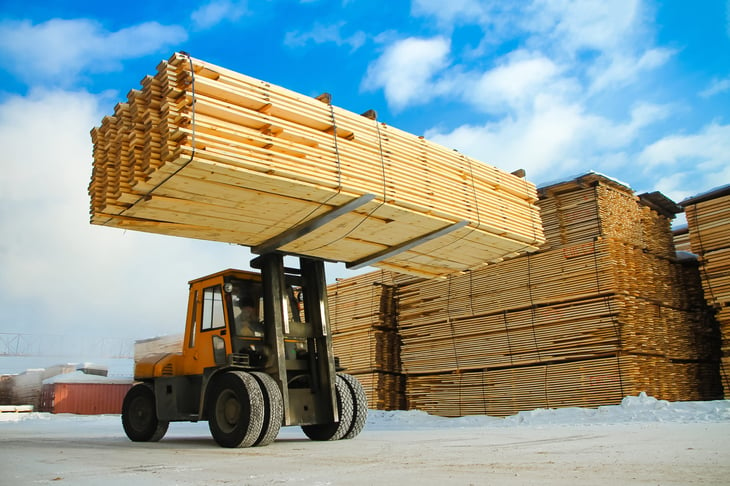
The inflation canary in the coal mine may be singing its unhappy song.
Prices have begun to rise on many products, according to the federal government’s latest Consumer Price Index readings. Overall, the index rose 0.6% in March on a seasonally adjusted basis, the largest one-month rise since a 0.6% increase in August 2012.
In particular, a handful of items have become especially costly. Following are products whose prices are rising fast.
Homes

Fifteen years ago, home prices were sky-high. We all know what happened next: The epic housing bubble burst right over the roofs of millions of homeowners.
Now, home prices are on a tear again. The most recent S&P CoreLogic Case-Shiller national home price index showed an increase for eight straight months, and prices have reached new record highs.
Politico reports that the latest surge — which shows no signs of abating — has many policymakers and other experts concerned. As Lawrence Yun, chief economist for the National Association of Realtors, told the publication:
“I am worried that the price run-up is going to choke off first-time buyers. This simply cannot continue.”
Rental cars

Now that millions of people have been vaccinated against COVID-19, life is slowly returning to normal. As travel picks up again, it is putting pressure on the supply of rental cars — and causing some jaw-dropping increases in rental car prices.
According to Consumers’ Checkbook:
“On March 29 (peak spring break season) the cheapest rate for a rental car on Maui was $722 a day for a Toyota Camry, according to Hawaii News Now. In Honolulu that day, vans were going for as much as $500 a day, and convertibles were renting for $1,000 or more, the website reported.”
Prices are rising in other places too, from Florida to Arizona and Nevada. CNN reports that rental cars in Orlando recently cost $300 a day, for example.
The soaring prices are closely tied to the pandemic itself. CNN says the rental car industry sold about one-third of its combined fleets “just to generate cash they needed to survive the crisis.” That resulted in the rental car shortage — and high prices — we see today.
Gas

A combination of life returning to normal and warming spring weather created the spark that ignited a rise in gas prices. In late March, the national average gas price reached $2.87 a gallon, a jump of 25% from the same time the previous year.
At the time, Patrick DeHaan, head of petroleum analysis at GasBuddy, told USA Today:
“It feels like Americans have pent up demand to get outside. That’s already happening boosted by the decline of COVID cases in the U.S.”
Today, the national average price per gallon remains at $2.87, giving hope that the rise in gasoline costs may remain contained. But the spring and summer driving season has just begun, so it would be foolish to bet against the possibility of additional increases.
Groceries

It’s getting more expensive to fill up your shopping cart at the local grocer.
According to the latest findings from the federal Bureau of Labor Statistics, groceries prices rose 3.3% from March 2020 to March 2021, and 0.1% from February 2021 to March 2021. The categories of grocery items that have seen the steepest increases are:
- Meats, poultry, fish and eggs, up 5.4% year over year and 0.1% month over month
- Fruits and vegetables, up 3.8% year over year and 1% month over month
The rise in prices is a result of both consumer stockpiling during the pandemic and supply-chain disruptions, according to NBC News:
“Before the pandemic began, the national average for a pound of bacon in January 2020 was $4.72. By last month, the price had soared to $5.11, according to exclusive supermarket point of sale data from NielsenIQ. Ground beef is up to $5.26 a pound, from $5.02. Bread is up to $2.66 a loaf, from $2.44.”
NBC says the price increases are likely to remain a trend for much of the year.
Lumber

Suddenly, lumber is worth its weight in gold. Prices have rocketed 193% higher in the past year, according to Fortune.
Once again, you can blame the pandemic for creating a “perfect storm” that led to higher prices, the publication reports:
“At the same time that sawmills were limiting production during the early months of the crisis, the pandemic was spurring a do-it-yourself boom among Americans stuck at home. That supply and demand mismatch was made worse by record low interest rates and a historically tight existing housing inventory which caused buyers to rush to new construction.”
Signs point to even higher prices to come, which could cause the cost of homes — and home renovations — to continue to climb.
Paper

Just as the price of lumber is rising, another wood-based product — paper — is also becoming pricey.
Office supply store Staples says the price of pulp — the raw material for both paper and corrugated boxes — has leapt by as much as 40% since last summer.
Blame the growing popularity of e-commerce — and the need for more shipping boxes and related materials — for some of the rise in prices. In addition, several major U.S. paper mills have either reduced production or gone out of business just as the economy is picking up steam.
Staples says that while manufacturers and distributors have absorbed some of the rising cost, prices for paper products that use pulp have jumped 7% to 15%, with prices of packaging materials rising 10% to 20%.
New cars

Looking for a bargain on a new car? The wheels might be coming off that dream.
Two months ago, Cars.com noted that a global microchip shortage was likely to result in fewer new-car choices and rising prices. And indeed, inventory has dropped while prices have begun to rise.
Cars.com says the inventory of affordable vehicles — those priced at less than $25,000 — tumbled 19% month over month as of the end of March.
So, if you are in the market for a new car, you are in a tough position. With shrinking supply, prices may continue to rise. According to Cars.com:
“This will sound a lot like what we said two months ago: It’s definitely not a great time to buy a new vehicle, but it could also get worse before it gets better.”





Add a Comment
Our Policy: We welcome relevant and respectful comments in order to foster healthy and informative discussions. All other comments may be removed. Comments with links are automatically held for moderation.